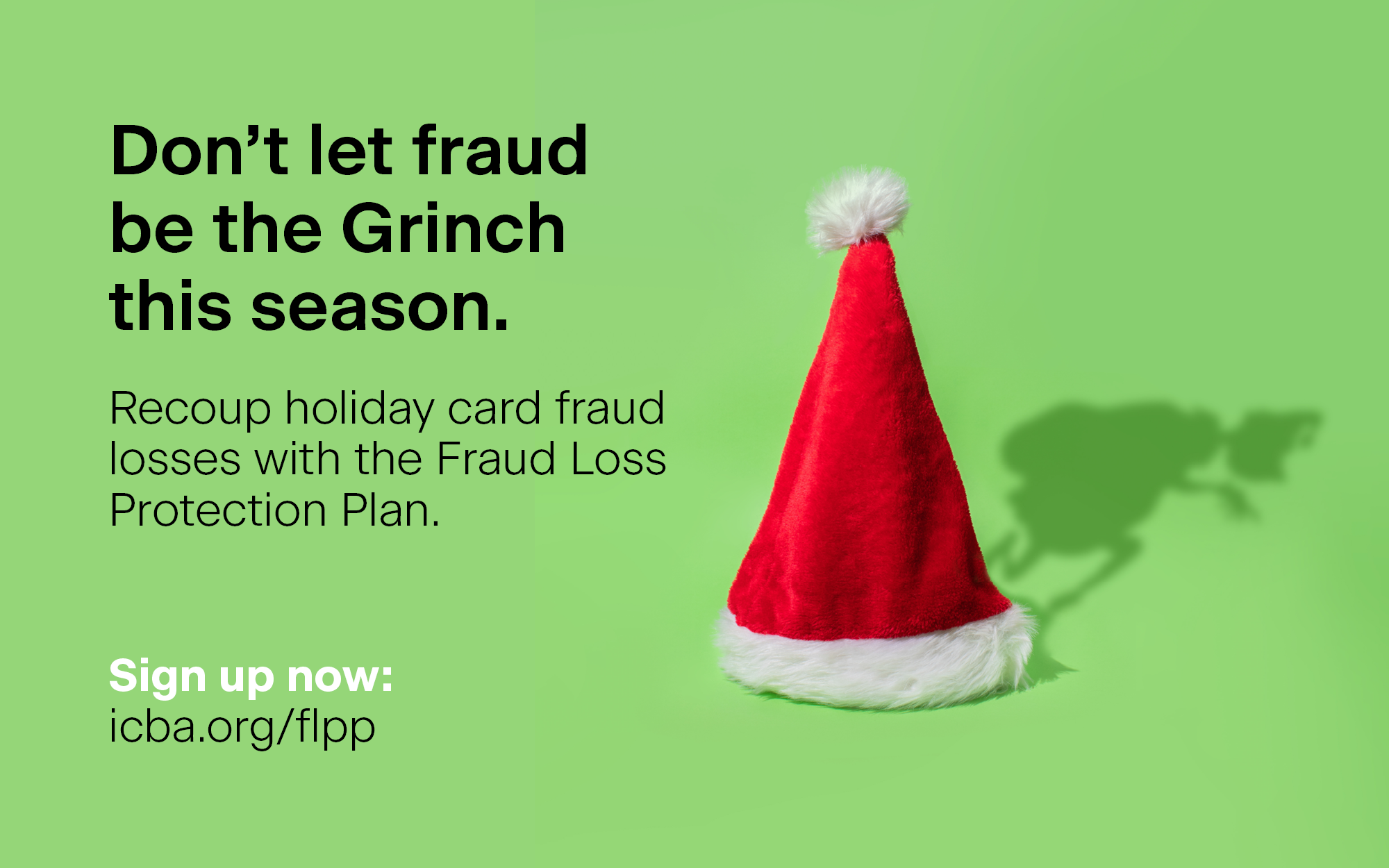Floaters could be the answer to a flat curve.
Jim Reber: High plains drifter
June 01, 2025 / By ICBA
Floaters could be the answer to a flat curve.
We are suddenly mid-decade of the 2020s, and if there’s a recurring theme, it’s “anomaly.” First, record low yields and rates. (Remember the 10-year treasury note hitting 0.55% in July 2020?) Then, record rate hikes of 525 basis points concentrated in a torturous 16-month window, followed by the longest-ever inverted yield curve of well over two years that finally corrected last September. It’s been the wild, wild west in terms of portfolio management.
Now, the Federal Reserve Board projects that the terminal rate for overnight borrowings in this easing cycle will be 3.0%. This would, if it plays out, be the highest floor in over three decades. Hence, this article’s oblique title reference to “drifting” along the “high plains.” Commensurate with this would be the presumption of a chronically flat yield curve, in which there is little incremental benefit to extending the durations of loans or bonds.
Stated more positively, there would be less penalty for staying “short.” And the quintessential short bonds are the prime-based floaters guaranteed by the Small Business Administration (SBA) under the 7(a) program. Let’s review this product—and SBA lending in general—to reacquaint ourselves with the opportunities to drift along the high plains, a la Clint Eastwood.
First, the worst
Let’s get this over with quickly: many SBA 7(a) pools have market prices with high premiums, some over 10 points. For those securities, there is certainly built-in prepayment risk, but there are ways to manage that risk. For example, real estate-backed 7(a)s have three years of prepay penalties; while those penalties aren’t passed through to the bondholders, they have the effect of limiting early redemptions initially. If fact, newer pools in general will prepay more slowly. SBA loans are not nearly as fungible as conventional single-family mortgages, so the small business will incur much higher fees to refinance its loans compared with a typical homeowner.
On to better news: the reason some pools have such high prices is that the market for guaranteed portions is quite lucrative for lenders/sellers. There’s robust demand from institutional investors for full faith and credit floating-rate securities, and 7(a)s fit the bill. A network of poolers, which includes ICBA Securities’ endorsed broker Stifel, are standing bidders for the guaranteed portions of SBA loans, and that creates a stream of fee income immediately (via the premium prices) and later (through servicing revenue).
Short duration equals stable prices
Education on Tap
Virtual bond school
ICBA Securities and Stifel present this year’s version of their virtual bond school on June 10–12. This class will cover bond and portfolio management basics. Twelve hours of CPE are offered for this complimentary event. To register, contact your Stifel representative.
Compared with virtually any other bank-suitable securities, 7(a)s will have notably stable market prices. The pools’ yields can change every 90 days, if fed funds, and therefore the prime rate, reset. These also have no rate caps, either periodic or lifetime. Thinking back to the hyperactivity by the Fed in 2022–23, SBA floaters’ yields went up every bit as much as the overnight index. Hence, the stable prices.
More good news for bond portfolio managers: The prepayment activity for 7(a)s is highly uncorrelated with that for mortgage-backed securities (MBS). Part of that is due to the complexity of commercial lending I mentioned earlier, but most of the difference is based on SBA floaters’ rates staying on-market. As of this writing, 7(a) yields have come down 100 basis points (1%) since last fall, with more cuts expected later this year. In this sense, the small business borrower is anticipating some further rate relief. SBA prepayments do, in fact, tend to slow down in lower rate environments.
Two-way street
Let’s look at an example of the two-sided market for 7(a) loans and pools. Recently, Stifel offered SBA 530726, a 10-year quarterly-reset pool collateralized by equipment, at a price of 108.625. Assuming a prepayment speed of 15% per year, which is close to the historical rate for equipment pools, the yield will be fed funds plus 52 basis points.
Here’s where the future shape of the yield curve may help the attractiveness: For the past decade, fed funds plus 0.52% has out‑yielded the 10-year treasury note by an average of 15 basis points. The advantage grows geometrically if we look at just the past three years, which, of course, include the historically long inverted yield‑curve era.
On the sell side, the raw materials for the pool are 129 10-year equipment loans with an average guaranteed balance of $338,000 and a borrower’s rate of prime plus 1.85%. The loans were sold individually into the secondary market at an average gain on sale of $28,300. The lender/seller retains the full note rate on the unguaranteed portion, plus a 1% servicing fee on the sold balance.
For many community banks, both commercial lenders and bond portfolio managers benefit from the SBA’s 7(a) program. With the prime index rate off its peak of 2024 but with projections to stay relatively elevated, sellers and investors have an opportunity to ride along the high plains to fee income, servicing income, attractive bond yields and price stability.
Subscribe now
Sign up for the Independent Banker newsletter to receive twice-monthly emails about new issues and must-read content you might have missed.
Sponsored Content
Featured Webinars
Join ICBA Community
Interested in discussing this and other topics? Network with and learn from your peers with the app designed for community bankers.
Subscribe Today
Sign up for Independent Banker eNews to receive twice-monthly emails that alert you when a new issue drops and highlight must-read content you might have missed.
News Watch Today

Join the Conversation with ICBA Community
ICBA Community is an online platform led by community bankers to foster connections, collaborations, and discussions on industry news, best practices, and regulations, while promoting networking, mentorship, and member feedback to guide future initiatives.











